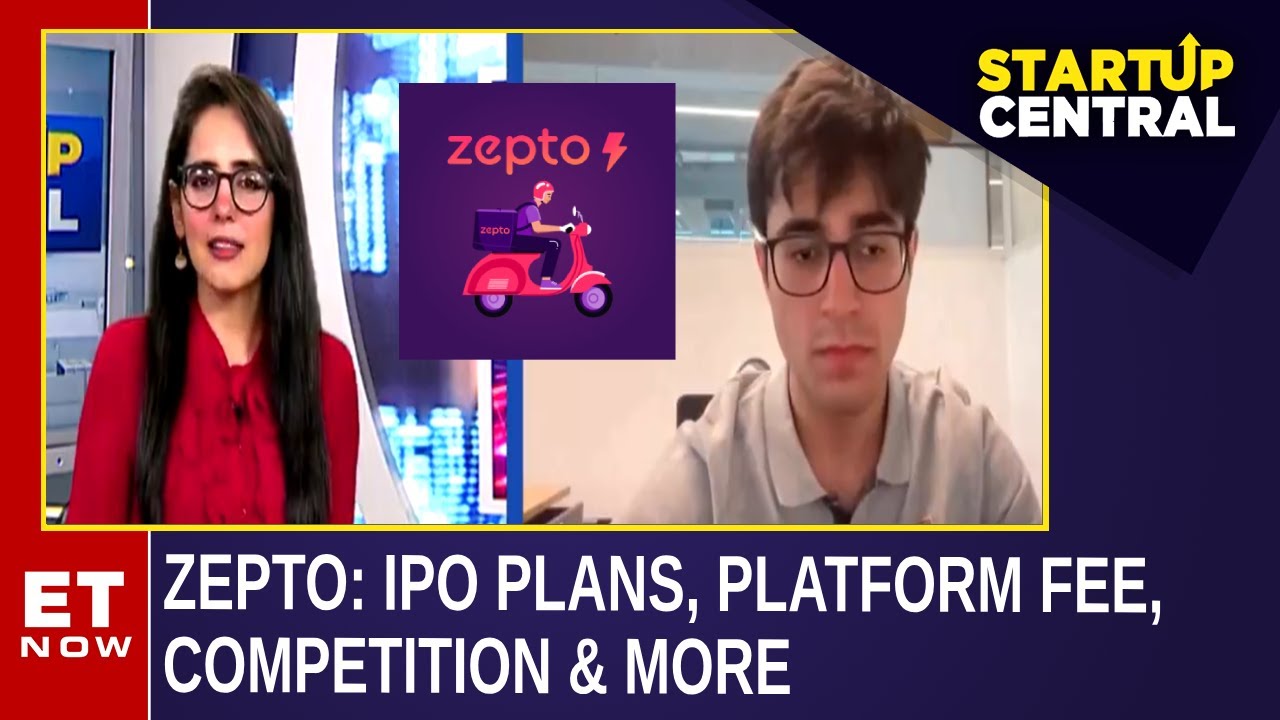The BlueCargo Revolution | Manifest 2023 Conference Presentation 🔵
Summary
TLDRAlexandra, CEO of Blue Cargo, introduces her platform that connects trucking companies, logistics, and shippers to mitigate per diem and detention fees in the supply chain. With a network of 900 trucking companies, Blue Cargo aims to eliminate late fees by providing visibility and data interconnectivity, crucial for forecasting, managing, and mitigating costs. The platform's success is highlighted by a case study with Forest Logistics, where they saved customers $4.1 million in fees in 2022, emphasizing the importance of collaboration and data-driven solutions in today's financially driven logistics industry.
Takeaways
- 🚚 Blue Cargo is a platform that connects trucking companies, logistics, and shippers to move containers on time at the port, aiming to avoid late fees.
- 📊 The company has a large network, with 900 trucking companies using Blue Cargo daily for timely container pick-up and delivery.
- 📍 Blue Cargo operates in key locations such as Los Angeles, Long Beach, New York, and New Jersey, with a national reach.
- 🔒 The platform aims to solve the 'black box' issue in the supply chain, providing visibility and data on container movements at the port.
- 💡 The lack of interconnectability between data systems and providers has been a significant issue in the industry, leading to hidden per diem costs.
- 📈 Smaller companies often lack tracking systems, leading to a lack of visibility on per diem fees, which Blue Cargo seeks to address.
- 📝 The key to mitigating detention and demurrage fees lies in accurate data collection and forecasting, which Blue Cargo facilitates.
- 🗓️ Container availability at the port is a crucial data point, often misunderstood due to discrepancies between different sources of information.
- 📊 The average cost of detention and demurrage fees per container in 2022 was $664 nationwide, highlighting the financial impact of these fees.
- 💼 Blue Cargo's collaboration with Forest Logistics resulted in savings of $4.1 million in per diem and damage fees for their customers in 2022.
- 🤝 The importance of collaboration between brokers, truckers, and shippers is emphasized, with Blue Cargo providing a platform for such partnerships.
Q & A
What is Blue Cargo and what does it do?
-Blue Cargo is a platform that connects triage trucking companies, third-party logistics, and shippers to move containers on time at the port without late fees.
Who is Alexandra and what role does she play in Blue Cargo?
-Alexandra is the co-founder and CEO of Blue Cargo.
How old is Blue Cargo and where is it based?
-Blue Cargo is about four and a half years old and is based in Los Angeles, Long Beach, New York, and New Jersey.
What is the main problem Blue Cargo aims to solve?
-Blue Cargo aims to solve the problem of the port being a 'black box' in the supply chain, providing visibility and mitigating per diem and demurrage fees.
How does Blue Cargo help small trucking companies with per diem issues?
-Blue Cargo helps small trucking companies by providing tracking systems and accurate views of fees to manage and mitigate per diem bills.
What are the key data points needed to manage and mitigate per diem and demurrage fees?
-Key data points include container availability at the port, availability of appointments and gate transactions, and details on the empty return leg and chassis availability.
What are the average per diem and demurrage costs for containers in the US and specific regions?
-In 2022, the average cost was $664 per container nationwide, with $382 per container in New York/New Jersey and varying costs in LA/Long Beach.
What cost savings did Blue Cargo achieve for Forest Logistics in 2022?
-Blue Cargo helped Forest Logistics save their customer $4.1 million in per diem and demurrage fees in 2022.
What role does data interconnectivity play in Blue Cargo's solution?
-Data interconnectivity is crucial for Blue Cargo to provide every data point needed to understand and mitigate demurrage and detention fees, transitioning from operations-driven to financially-driven cost reduction.
What future trends in supply chain management does Blue Cargo anticipate?
-Blue Cargo anticipates a shift towards calculating the true cost of drayage moves with greater visibility on granular costs, driven by data integration and collaboration.
Outlines

This section is available to paid users only. Please upgrade to access this part.
Upgrade NowMindmap

This section is available to paid users only. Please upgrade to access this part.
Upgrade NowKeywords

This section is available to paid users only. Please upgrade to access this part.
Upgrade NowHighlights

This section is available to paid users only. Please upgrade to access this part.
Upgrade NowTranscripts

This section is available to paid users only. Please upgrade to access this part.
Upgrade NowBrowse More Related Video

What's SOC Container? Explained advantage and disadvantage.

Zepto Founder Aadit Palicha On E-Comerce Growth | Startup Central - The Big Interview | ET Now

How Amazon Beat Supply Chain Chaos With Ships, Containers And Planes

What is Logistics & Logistics Management | What are Modes of Transport | How to select TransMode

Who is Freight Forwarder ?

Sistem Logistik Pelabuhan - Minggu 11b - Operasi peti kemas
5.0 / 5 (0 votes)